The INVENTIVE Vegetable Sauce and The Benefits of Cornstarch
Talk about a way to eat your vegetables and love them, too! Here’s an extra special, inventive vegetable sauce that will take your veggie side dishes to a whole new level.
And I say “extra special” sauce because it’s not just tasty, it’s easy and inexpensive. Can’t beat that. So first, the recipe, then read on for delicious ways to use it.
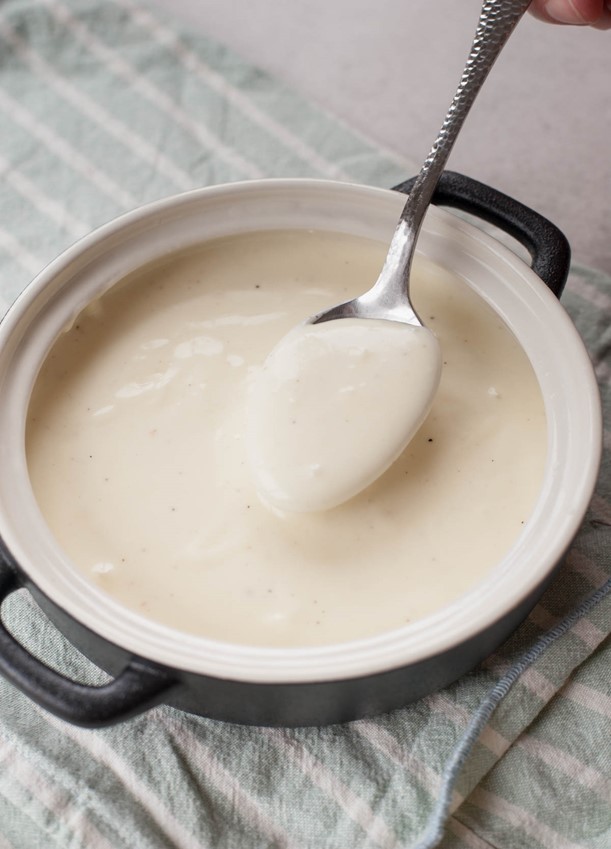
1 tablespoon cornstarch
1 cup cold milk
2 tablespoons butter
1/4 teaspoon salt
1/8 teaspoon pepper
Directions:
Add Recipe to Cook'n
Once you have this versatile recipe prepared, the fun begins. For instance, here are three ways you can dress it up before pouring it over your steamed vegetables.
HERB-LEMON SAUCE. Just add 2 tablespoons fresh lemon juice fresh or dried dill and fresh or dried parsley to the veggie sauce. (Herbs are to taste.) Stir well. This is delicious over steamed green beans and mushrooms or steamed zucchini slices.
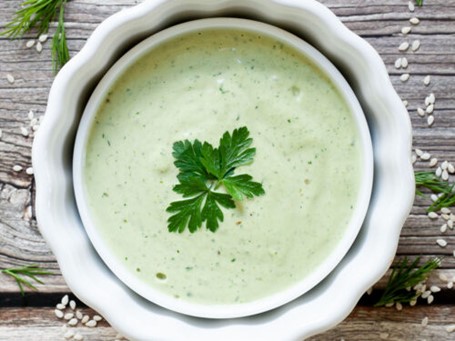
SOUR CREAM CHEDDAR SAUCE. To your prepared veggie sauce, add ½ cup sour cream and ½ to ¾ cup grated Cheddar cheese. Stir continually over LOW heat until cheese melts. Be careful not to boil this or the sauce will separate. Once heated through, pour over steamed broccoli (it makes an easy Broccoli Divan) or steamed asparagus.
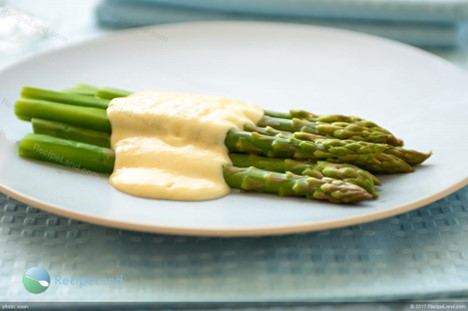
Lastly, SWISS VEGETABLE SAUCE. Stir 1 cup shredded Swiss cheese into your already prepared Inventive Sauce. Heat and continue to stir until melted. Again, be sure not to boil this or the sauce will separate. This is dazzling over steamed cauliflower or boiled cabbage.
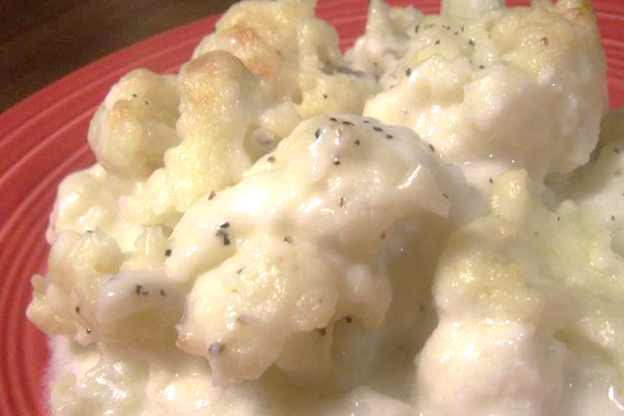
As you might imagine, there are several other ways to use this inventive sauce. For one, it makes a perfect base for any vegetable chowder or soup. It also lends itself well to the liquid base for casseroles. And I’m sure this is just the beginning. The uses for this magical recipe are limited only to your imagination!
Now let’s shift gears a smidge and explore the benefits of cornstarch. Besides being a good thickener, it can be used to make fried foods crispier, and so much more.
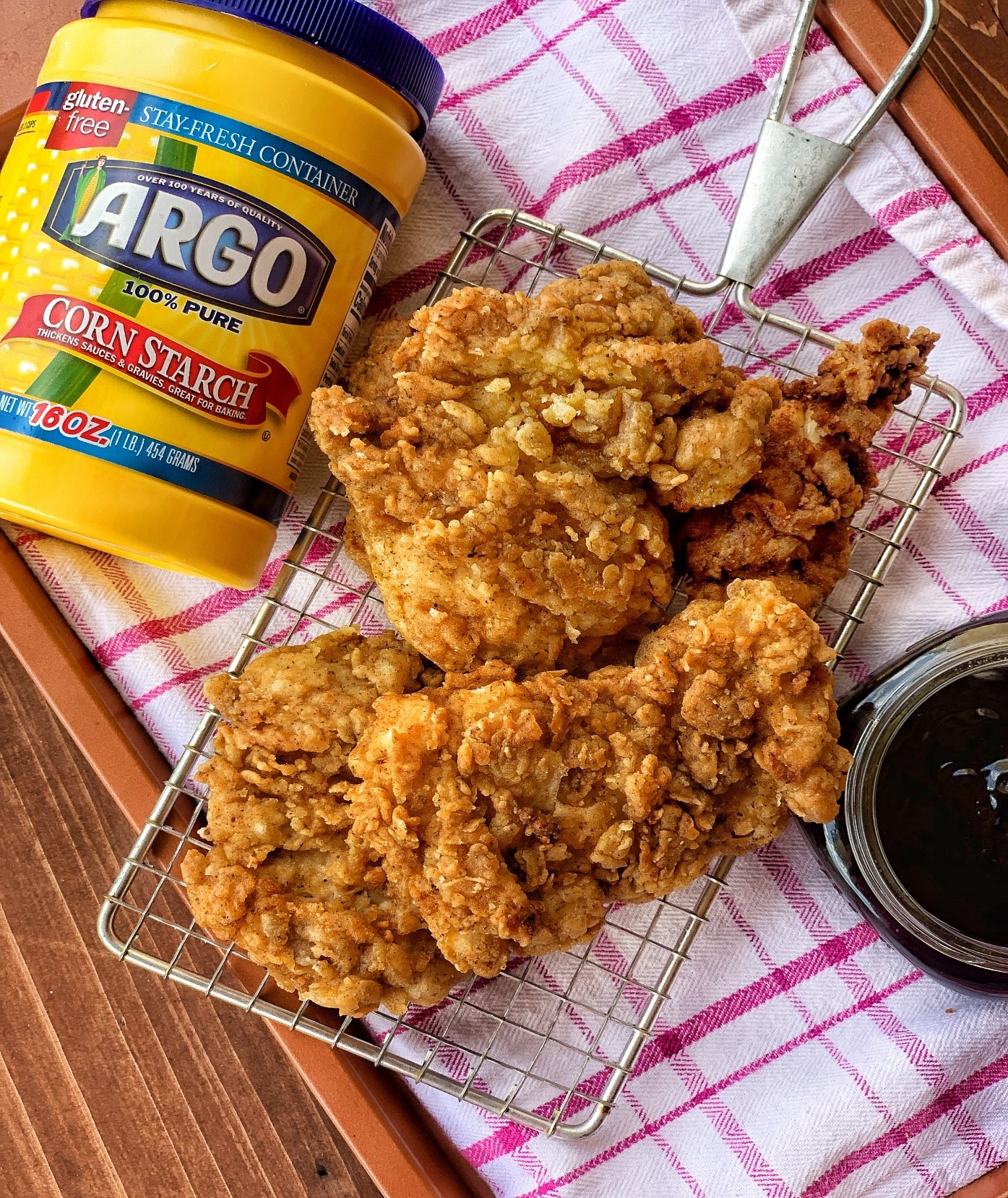
For instance, corn starch is perfect for velveting meat. Velveting is a Chinese stir-fry technique that involves coating small pieces of meat in cornstarch and quickly cooking them in a hot wok. This technique has two advantages: It produces a thin layer of hydrated starch on the exterior of the small pieces of meat, which, when eaten, we perceive as a kind of tenderness and juiciness; and it serves to thicken any sauce that the meat may be cooked in, as the surface cornstarch leaches into the sauce, binds excess water, and makes the sauce more viscous.

Cornstarch is a frequent support player in baked goods. And unlike flour, cornstarch is nearly pure starch—there’s no gluten, no fiber. All that added starch content means that cornstarch typically improves the water binding capacity of a dough.
Because it has no gluten, cornstarch tends to soften the texture of a baked cookie, for instance, producing what we call a ‘short’ texture. (You’ll find it as a consistent ingredient in any Scottish Shortbread recipe.) For crisp baked goods, cornstarch is equally helpful because it inhibits gluten development (which sometimes leads to a tough texture), resulting in crispier crackers.
Of course, there are drawbacks to baking with cornstarch. Because it doesn’t have any gluten potential, it turns out a more crumbly cookie, not a good feature if you want a chewy and dense cookie. And because cornstarch has none of the proteins that wheat flour has, it offers little to no browning.
Finally, if you’re relying on it to thicken a baked pie filling, then you may want to look to another ingredient, as its thickening power deteriorates when subjected to prolonged heating. For thickening pie filling, tapioca starch is a better choice.
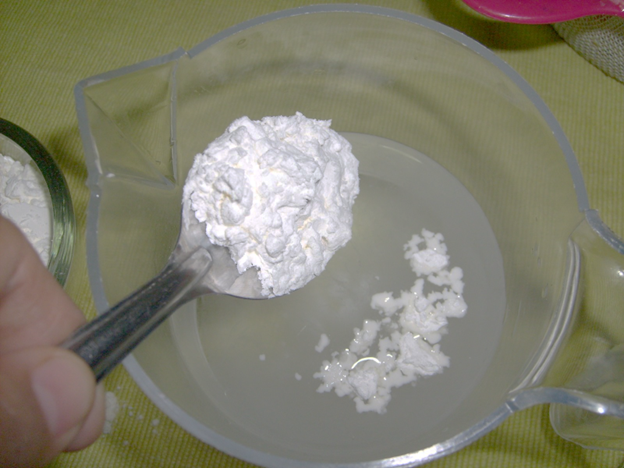
To conclude, when you need to thicken a sauce on the fly, with minimal effort, without muddying the color, turn to cornstarch. If you want a crispy coating that stays crispy in a sauce, cornstarch is a solid choice. It all comes down to problem solving: How do you get the texture you’re looking for, in the least amount of steps, with the least amount of effort? In many cases, just a spoonful of cornstarch will do the trick.
And I say “extra special” sauce because it’s not just tasty, it’s easy and inexpensive. Can’t beat that. So first, the recipe, then read on for delicious ways to use it.

INVENTIVE Vegetable Sauce
Yield: 1 cup
Ingredients:
1 tablespoon cornstarch
1 cup cold milk
2 tablespoons butter
1/4 teaspoon salt
1/8 teaspoon pepper
Directions:
In medium pan, over medium heat, stir corn starch and milk together until smooth. Add butter, salt, and pepper. Bring to boil, stirring constantly; boil 1 minute. Remove from heat.
Recipe formatted with the Cook'n Recipe Software from DVO Enterprises.
Once you have this versatile recipe prepared, the fun begins. For instance, here are three ways you can dress it up before pouring it over your steamed vegetables.
HERB-LEMON SAUCE. Just add 2 tablespoons fresh lemon juice fresh or dried dill and fresh or dried parsley to the veggie sauce. (Herbs are to taste.) Stir well. This is delicious over steamed green beans and mushrooms or steamed zucchini slices.

SOUR CREAM CHEDDAR SAUCE. To your prepared veggie sauce, add ½ cup sour cream and ½ to ¾ cup grated Cheddar cheese. Stir continually over LOW heat until cheese melts. Be careful not to boil this or the sauce will separate. Once heated through, pour over steamed broccoli (it makes an easy Broccoli Divan) or steamed asparagus.

Lastly, SWISS VEGETABLE SAUCE. Stir 1 cup shredded Swiss cheese into your already prepared Inventive Sauce. Heat and continue to stir until melted. Again, be sure not to boil this or the sauce will separate. This is dazzling over steamed cauliflower or boiled cabbage.

As you might imagine, there are several other ways to use this inventive sauce. For one, it makes a perfect base for any vegetable chowder or soup. It also lends itself well to the liquid base for casseroles. And I’m sure this is just the beginning. The uses for this magical recipe are limited only to your imagination!
Now let’s shift gears a smidge and explore the benefits of cornstarch. Besides being a good thickener, it can be used to make fried foods crispier, and so much more.

For instance, corn starch is perfect for velveting meat. Velveting is a Chinese stir-fry technique that involves coating small pieces of meat in cornstarch and quickly cooking them in a hot wok. This technique has two advantages: It produces a thin layer of hydrated starch on the exterior of the small pieces of meat, which, when eaten, we perceive as a kind of tenderness and juiciness; and it serves to thicken any sauce that the meat may be cooked in, as the surface cornstarch leaches into the sauce, binds excess water, and makes the sauce more viscous.

Cornstarch is a frequent support player in baked goods. And unlike flour, cornstarch is nearly pure starch—there’s no gluten, no fiber. All that added starch content means that cornstarch typically improves the water binding capacity of a dough.
Because it has no gluten, cornstarch tends to soften the texture of a baked cookie, for instance, producing what we call a ‘short’ texture. (You’ll find it as a consistent ingredient in any Scottish Shortbread recipe.) For crisp baked goods, cornstarch is equally helpful because it inhibits gluten development (which sometimes leads to a tough texture), resulting in crispier crackers.
Of course, there are drawbacks to baking with cornstarch. Because it doesn’t have any gluten potential, it turns out a more crumbly cookie, not a good feature if you want a chewy and dense cookie. And because cornstarch has none of the proteins that wheat flour has, it offers little to no browning.
Finally, if you’re relying on it to thicken a baked pie filling, then you may want to look to another ingredient, as its thickening power deteriorates when subjected to prolonged heating. For thickening pie filling, tapioca starch is a better choice.

To conclude, when you need to thicken a sauce on the fly, with minimal effort, without muddying the color, turn to cornstarch. If you want a crispy coating that stays crispy in a sauce, cornstarch is a solid choice. It all comes down to problem solving: How do you get the texture you’re looking for, in the least amount of steps, with the least amount of effort? In many cases, just a spoonful of cornstarch will do the trick.
 Alice Osborne
Alice Osborne
DVO Newsletter Contributor since 2006
Email the author! alice@dvo.com
Sources:
- www.everydaydelicious.com
- www.mypureplants.com
- www.recipeland.com
- www.food.com
- www.thetipsyhousewife.com
- www.eatwell101.com
- www.christinascucina.com
- www.wikipedia.com
